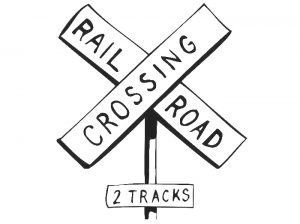 Lire cet article en français
Lire cet article en français
This post was originaly published in French on the website quantalys.com as an answer to Philippe Maupas’s posts on the subject.
Hello Philippe and thanks for you post.
Two points drew my attention while reading your posts. First of all, it is clear in the various studies presented that costs still constitutes the best leading indicator of future performance, may they be active or passive.
No surprise here, this is both intuitive and widely proved. It is still a good thing to remind to investors though.
Then, you raise the possibility that the growth of passive management, very strong for now, might get slowed down by the the upcoming arbitrage opportunities that should logically appear above a certain threshold of assets managed with a passive strategy, strategy which is uncorrelated with underlying economic reality and therefore prone to arbitrage.
But telling at which level this might happen is far from easy. There will be, I agree, a equilibrium level between active and passive asset management, but which one ?
Continue reading Active and passive management, where is it going to end ?

